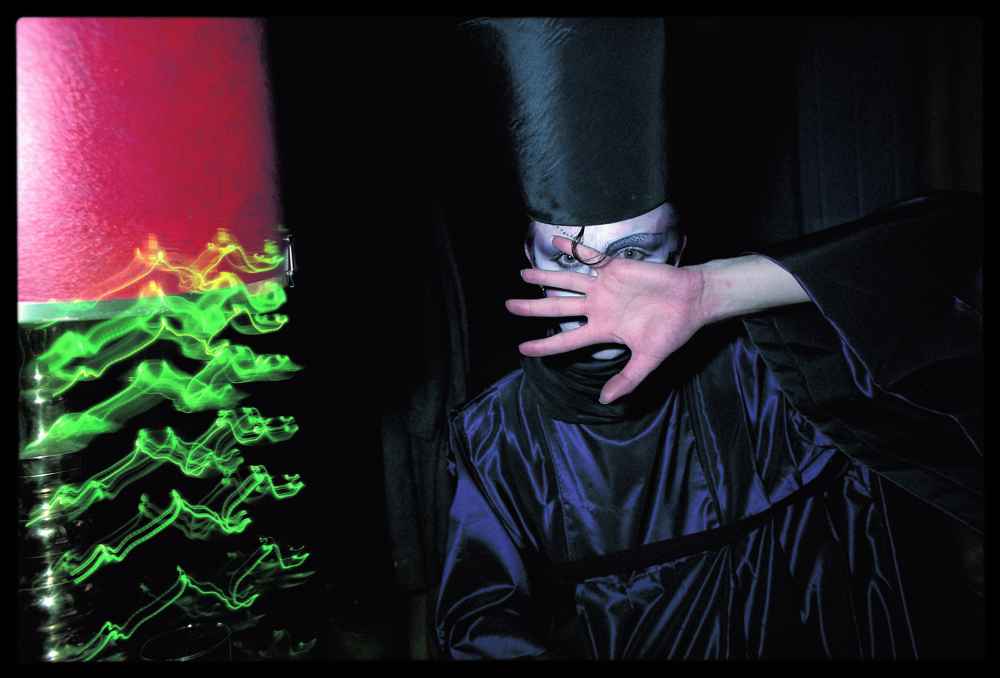Quietly, a kind of hush amongst the crush, low key and non-judgemental amidst the crass fashion victims, forever here there and everywhere, Herbie Yamaguchi was and continues to be a photographer who nets hotspot creatives and unexpected characters.
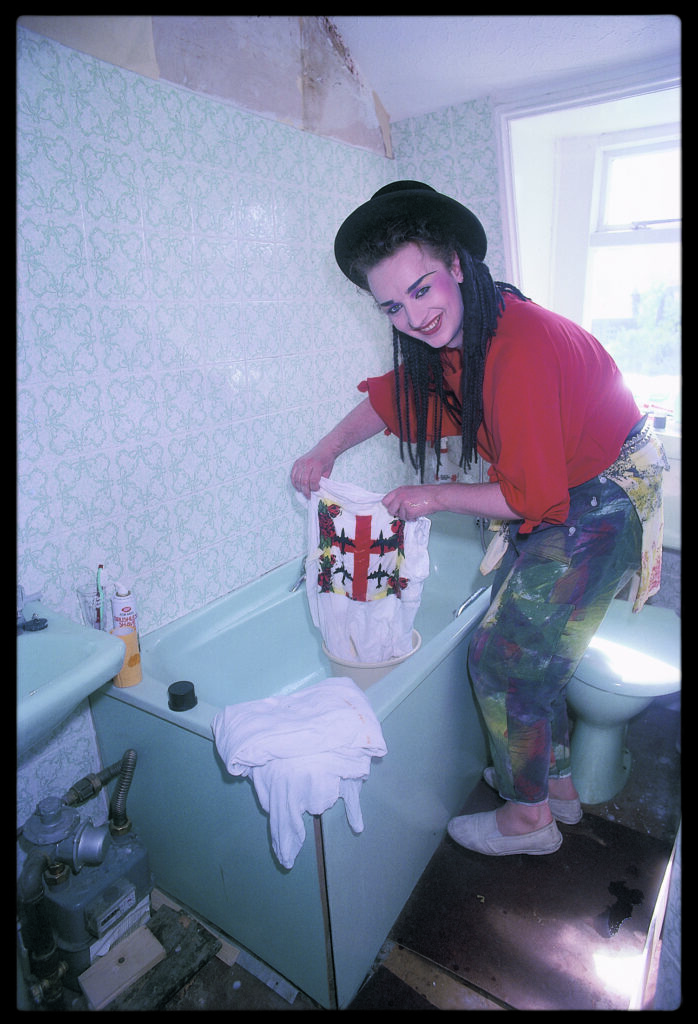
In the late seventies and early eighties, Yamaguchi San moved fast, camera ready, shooting 35mm film in an economic manner. No contrived staging, no set-ups and long before the online fixation of street style posturing, Yamaguchi gained access with his charm, perfect manners. The monochrome prints that Yamaguchi produces must be described one way and one way only, Fine Art. Alongside a photographer such as Colin Jones, Yamaguchi’s darkroom magic is remarkable. As a collector, the work had a radioactive glow, bleeding silver.
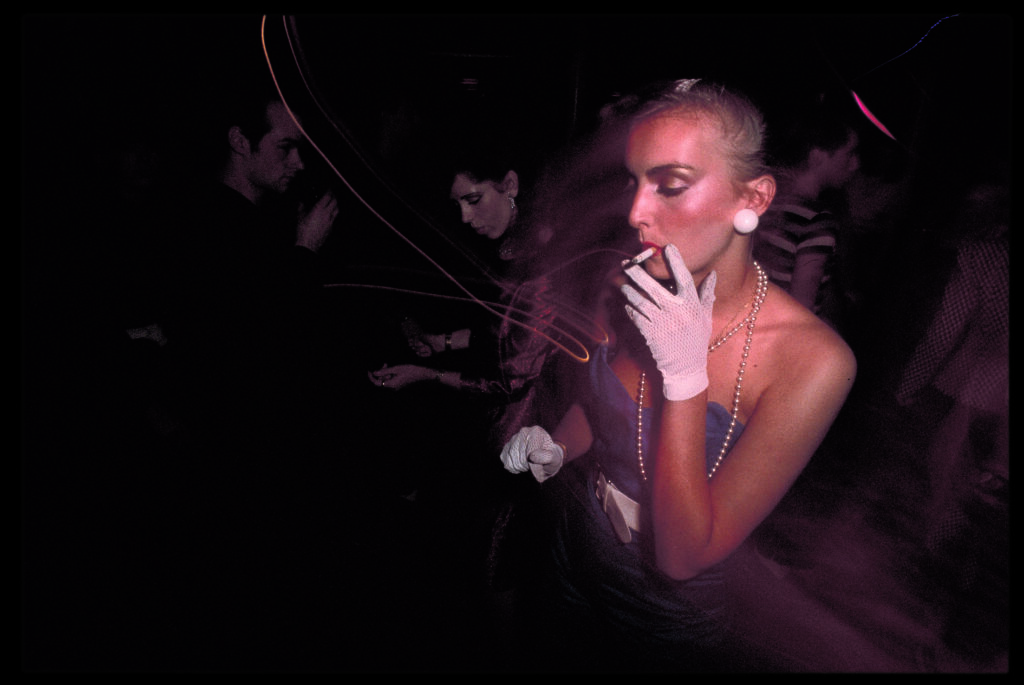
The Blitz Kids (Super Labo, Tokyo) reflects the faces and telling nuances of a world dominated by pied piper Steve Strange at his various clubland playgrounds. It was at the Bowie-inspired one nighter Billy’s and then Blitz where midnight’s children were more than ready for documentation, preened for editorial distribution.
'I want to take pictures of human hope. I want to take pictures that make people like people.'Yamaguchi’s distinctive approach differs greatly from photographers haunting the same territory back in the day. Relentless style stalkers such as Derek Ridgers, Graham Smith, Janette Beckman and… ahem… even myself, voraciously scoured clubland and the likes of King’s Road, Chelsea, in the hope of securing global sales via agencies handling ‘stock’. Yamaguchi’s work, however, always felt more personal, less mercenary. It is, for this very reason, that all these decades later, the work has a telling warmth, rather than the cold-hard judgemental edge of so many snappers.
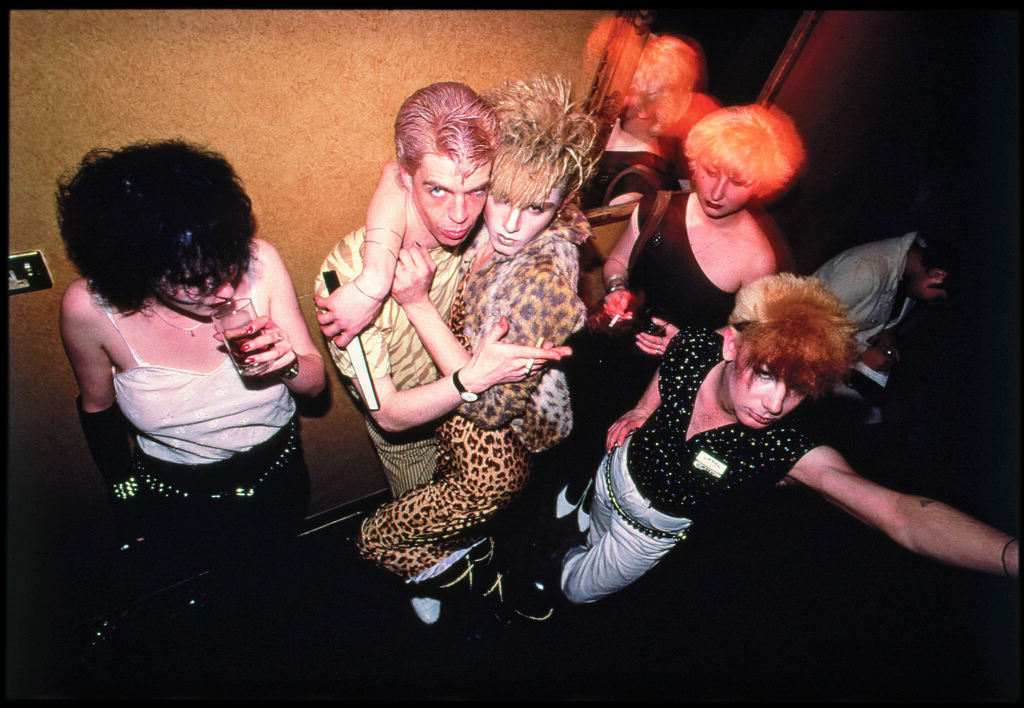
Born in Tokyo in 1950, Yamaguchi lay down the foundation to his career as a photographer during his decade-long stay in London, crash-landing into a scene coloured by Glam-Rock, 1973. As both his website and blog reflect, Yamaguch’s style is well-known for delicacy, capturing genuinely candid moments. From Boy George to Masaharu Fukuyama, the images are gentle, neat, worthy of the Photographic Society of Japan Award presented to him not so long ago.
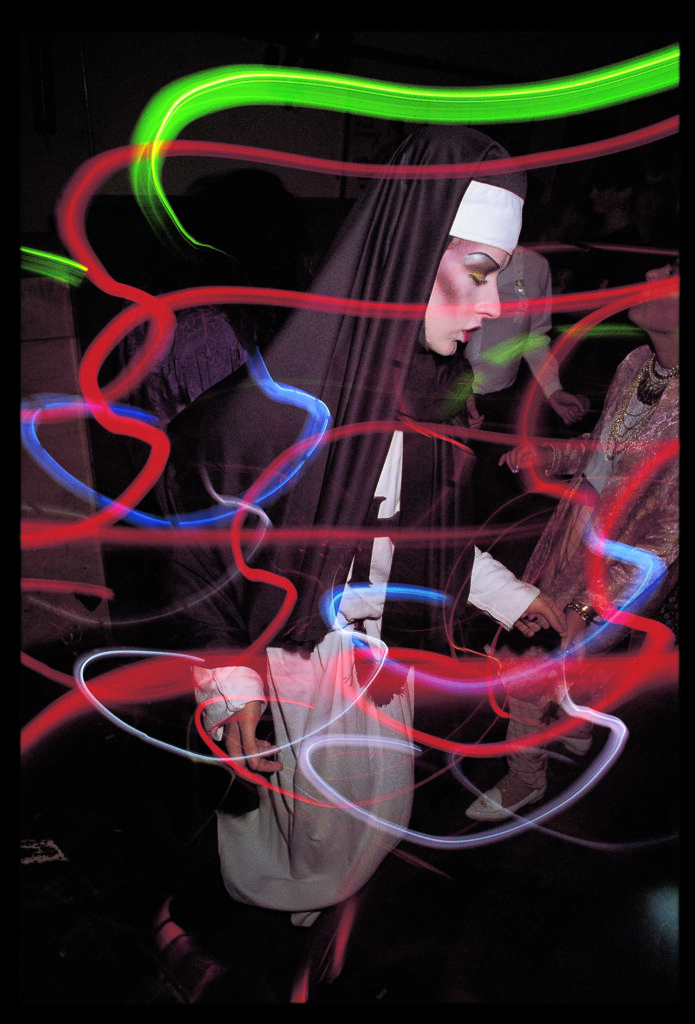
In 1981, I was fortunate to be one of a dozen London creatives who were street-cast by Neko Shimada for designer Takeo Kikuchi of, at that time, Men’s Bigi. Off we went to Tokyo for a campaign to be shot be Herbie Yamaguchi over the course of one week. After a less than glamorous Aeroflot flight and whilst on the ride from Narita Airport, it was Herbie who taught me how to introduce myself in Japanese.
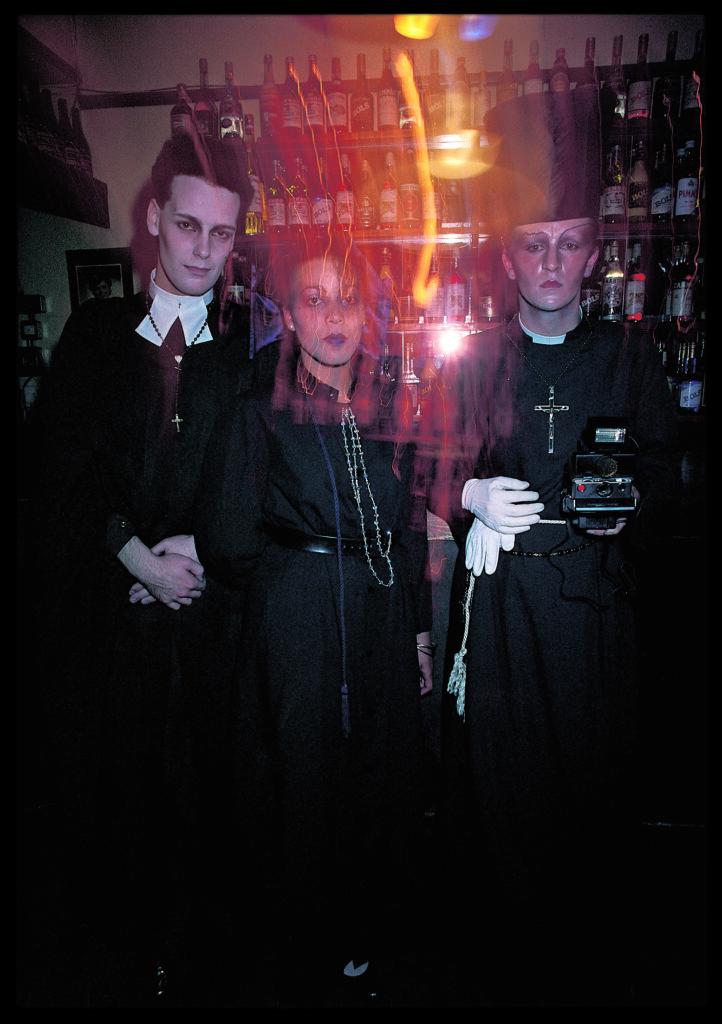
With subjects such as film director John Maybury and singer Marilyn catwalking for Kikuchi and working a certain magic on location shoots, the Men’s Bigi experience was one spine tingle after another. Cameras went crazy. We were the London boyz on parade, leaving Shinjuku’s New City Hotel each morning with a schedule that dizzied. The backstage shots, from that period, are phenomenal, reflecting the mayhem of those times.
Currently a visiting professor at Osaka University of Arts and Kyushu University, Herbie Yamaguchi’s non-invasive mission captures what others rarely gain access to.
I’m a fan, I think that’s clear.
Hey, Herbie. Arigato.
Respect.
Herbie Yamaguchi’s blog
artisan-n-artist.com/blog.php
The Blitz Kids by Herbie Yamaguchi
Published by Super Labo, Tokyo
Peter Paul Hartnett
hartnett.uk.com

